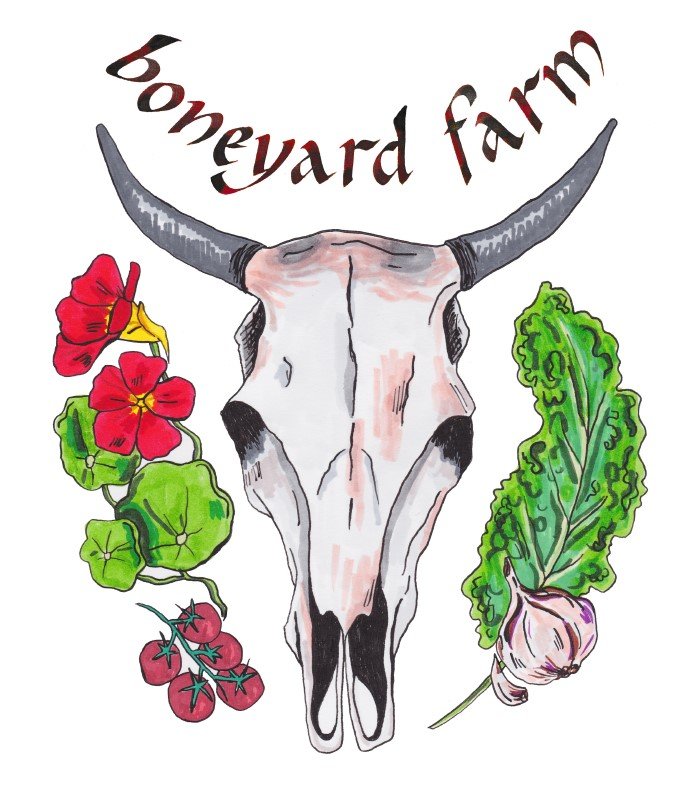Forest management
The ground is frozen solid and snowflakes are falling. Finally, after many months of planning and coordinating, we’ve got loggers felling trees and dragging them out to a log landing in our middle field. It’s exciting to watch, and the bustle of two skidders and many pickup trucks and a log truck in and out of the driveway has added some fun activity to our January (especially, perhaps, for our young kids). I wanted to share some about why we’re logging this winter.
Forest management is a tool used to regain, promote, and build healthy forests. Before we purchased this farm, we worked with a consulting forester to create a Forest Management Plan for the 180-acre parcel. We sat at our dining room table with him and talked and listened. Woody (that’s really what he goes by, you couldn’t make that up) explained how the process usually works and heard us as we listed our priorities for the woodlot and adjacent land. He got to know us and considered our big-picture goals. We wanted to get back to a sort of baseline, after no work had been done in the woods for decades. We wanted to improve wildlife habitat, provide access to our forest with looping woods roads, and we wanted to improve forest health by removing undesirable trees. We wanted to thin our future sugarbush a bit, planning ahead for future years when the sugar maples have filled in to provide syrup for the farm. And, yep, somewhere on that list, too, were some timber checks. Getting our farm enrolled in the state’s Current Use program, and actively managing our forest resources, also saves us on property taxes.
Logging. It’s sometimes vilified – here come the guys with chainsaws to profit off these invaluable trees which we all love dearly, right? But when done properly, timber stand improvement extends the life and value of beneficial trees and provides so many benefits to landowners and native species. As the loggers work, they are “releasing” (meaning intentionally making space by cutting neighboring trees) certain chosen mast trees– this is partly because of our enrollment in the USDA’s Conservation Stewardship Program and partly because we identified wildlife habitat as one of our main goals for this forestry project. By selecting nice oaks and apple trees, then marking them intentionally for release, Woody is encouraging these individuals to grow more efficiently and produce fruit for browsing turkeys, deer, partridges, bears, squirrels, and more. The small limbs and branches left behind from downed trees will provide cover for small mammals.
I can’t help but pontificate on some similarities between farming and forestry. It’s all part of the working landscape – we do the best we can to steward the land and its resources for generations to come. Gifford Pinchot famously wrote that “Conservation means the wise use of the earth and its resources for the lasting good of men.” (I’d add, if I could, the lasting good of not just [humans] but native wildlife species, soil health and water quality, communities downstream, etc…. But the point remains.) Just like in vegetable production, foresters and loggers are giving space, light, and soil nutrients to the species and individuals we want to grow. Just like in livestock management, foresters select individuals who look promising for the future and loggers remove others. In an ideal situation (and I’d say we lucked out greatly with our team), landowner, forester, and logger are all working in concert for shared goals. We are so excited to run, ski, walk, and camp along the new trails, and to watch the forest community change and improve over the coming decades.
Log landing, Boneyard Farm, January 2024.

